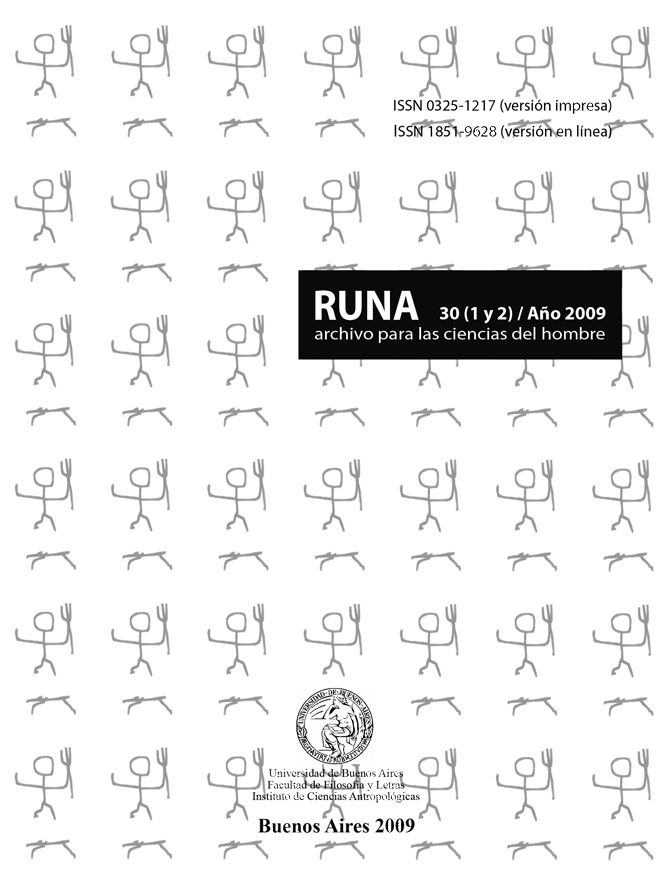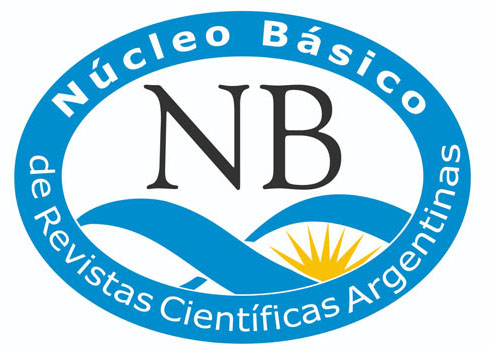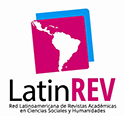Lexematic change as anthropological sign, in two versions of a tradicional story
Abstract
This paper analyzes a new version of the well-known story “The wicked blacksmith and the Devil”, spread around a semi-urbanized area inhabited by migrants from the Argentine coastal zone. The starting point is the concept of meta-code as a specific group interaction mode. Oral narratives may be considered as part or expressions of such meta-codes and, therefore, their analysis will be more complex, in order to understand the text within its contexts and in its ideological context. It is necessary, then, to resort to a narratological methodology which rescues oral narratives' discursive strategies, as well as to a linguistic and semiotic methodology which rescues pronouncements and observes their significance with respect to intertextual, extratextual and contextual relations.Downloads

Runa, archivos para las ciencias is a publication of the Instituto de Ciencias Antropológicas, Facultad de Filosofía y Letras, Universidad de Buenos Aires and is distributed under a Creative Commons Attribution 4.0 International License.
Runa maintains its commitment to the policies of Open Access to scientific information, considering that both scientific publications and publicly funded research should circulate on the Internet freely, free of charge and without restrictions.
The contents and opinions expressed in published articles are the sole responsibility of their authors.



















